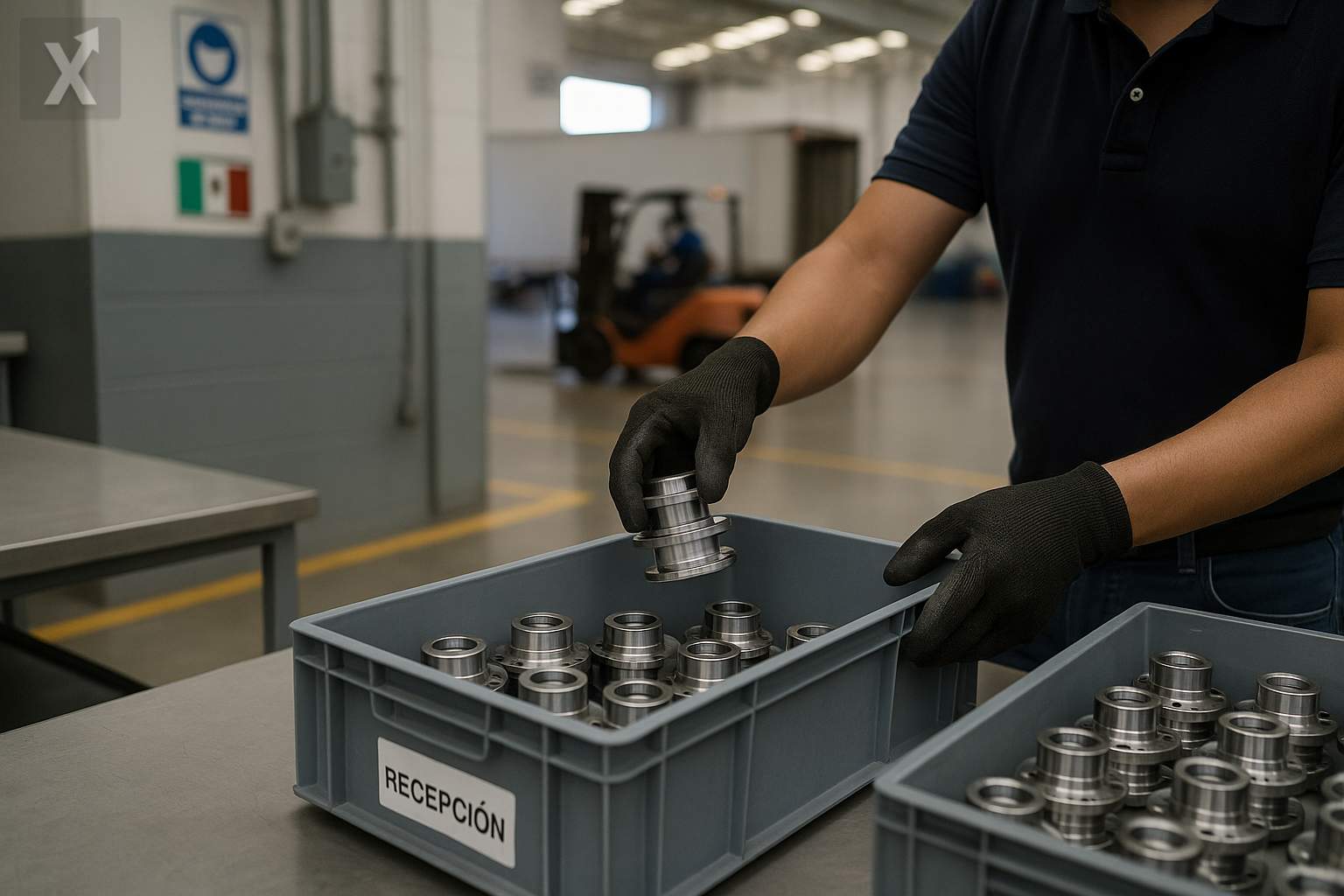Mexico Launches National Consultation with 30 Sectors to Define Its Position Ahead of the USMCA Review in 2026

The Ministry of Economy, in coordination with the Business Coordinating Council (CCE), began a consultation process in October with 30 strategic sectors to outline Mexico’s stance for the review of the United States-Mexico-Canada Agreement (USMCA) scheduled for 2026. The goal is to develop a joint assessment of priorities and risks, and turn it into concrete proposals that will strengthen the country’s competitiveness within the North American region.
The sessions will be held at the federal agency’s headquarters and will be complemented by forums across all 32 states, involving local governments and investment promotion committees. According to the Ministry of Economy, this mechanism is unprecedented in its scope and in its structured inclusion of the private sector, organized labor, and all levels of government at the same negotiating table.
The consultation addresses a broad agenda: automotive (light and heavy vehicles) and auto parts; steel and aluminum; energy and petrochemicals; mining; agriculture and agribusiness; food and beverages; pharmaceuticals; chemicals; electrical and electronic manufacturing and ICT; aerospace; textiles, apparel and footwear; plastics and toys; furniture and paper; glass, cement and ceramics; logistics and supply chains; financial and professional services; tourism, construction, creative industries, and the circular economy. The official expectation is that the sector-based input will translate into a negotiating strategy with clear and measurable priorities.
At the initial meeting, Economy Minister Marcelo Ebrard and CCE President Francisco Cervantes emphasized that the USMCA review represents an opportunity to consolidate productive integration and modernize regulations in light of new technological and environmental realities. Business leaders such as Alejandro Malagón (Concamin) and Guillermo Funes (Canifarma) also participated, along with Deputy Ministers Vidal Llerenas and Luis Rosendo Gutiérrez and the Head of the Productive Development Unit, Ximena Escobedo.
The 2026 review is established in the agreement’s evaluation clause, which allows the parties to assess its performance and decide whether to extend it. Arriving with a unified position is significant in a context of global supply chain reconfiguration, where Mexico has gained ground thanks to investment relocation and its proximity to the US market. In recent years, foreign direct investment flows have remained strong and export manufacturing has continued to drive growth, even amid high interest rates and cost pressures.
The environment, however, poses challenges that will undoubtedly be on the table: the availability of reliable and cleaner energy for industry; logistics and water infrastructure capacity; compliance with the labor and environmental commitments established in the USMCA; and the need to address specific trade frictions. Other potential discussion topics include rules of origin in sensitive sectors, digital trade and cross-border data flows, de minimis thresholds in parcel shipments, as well as dispute resolution mechanisms and regulatory certainty.
For the automotive and auto parts sector—key to the manufacturing corridor in Bajío and northern Mexico—updating rules will be central as the industry transitions to electric vehicles and faces new regional content requirements. In agrifood, priorities include market access, sanitary and safety standards, and border facilitation, while in pharmaceuticals, chemicals, and electronics, competitiveness depends on predictable intellectual property frameworks and resilient supply chains.
The labor component will continue to be decisive. The rapid response mechanism for collective labor rights has reshaped practices at export plants and requires robust internal compliance processes. At the same time, wage dynamics and formalization affect costs and productivity, making improvements to human capital and technical training key parts of the sectoral discussion.
On the macroeconomic front, moderating inflation since the 2022–2023 peak has enabled a gradual easing of monetary policy, though financial costs remain relatively high. External demand from the US and strength in manufacturing continue to anchor economic activity, while investment in industrial parks, logistics corridors, and expansion of the electrical grid will be crucial to realizing nearshoring announcements.
In summary, the consultation process aims to align a shared agenda for the USMCA review, capitalizing on the momentum from nearshoring while reducing risks in sensitive sectors. The key will be turning diagnostics into actions with clear timelines and metrics, prioritizing energy, infrastructure, labor compliance, and trade facilitation to ensure certainty and deeper productive integration.
In short, Mexico enters this phase with a dynamic export sector and a regional window of opportunity, but with pending tasks in installed capacity, rule of law, and sustainability. Building a negotiating position with backing from business, labor, and local stakeholders could make the difference in anchoring investment, jobs, and growth for the coming decade.






